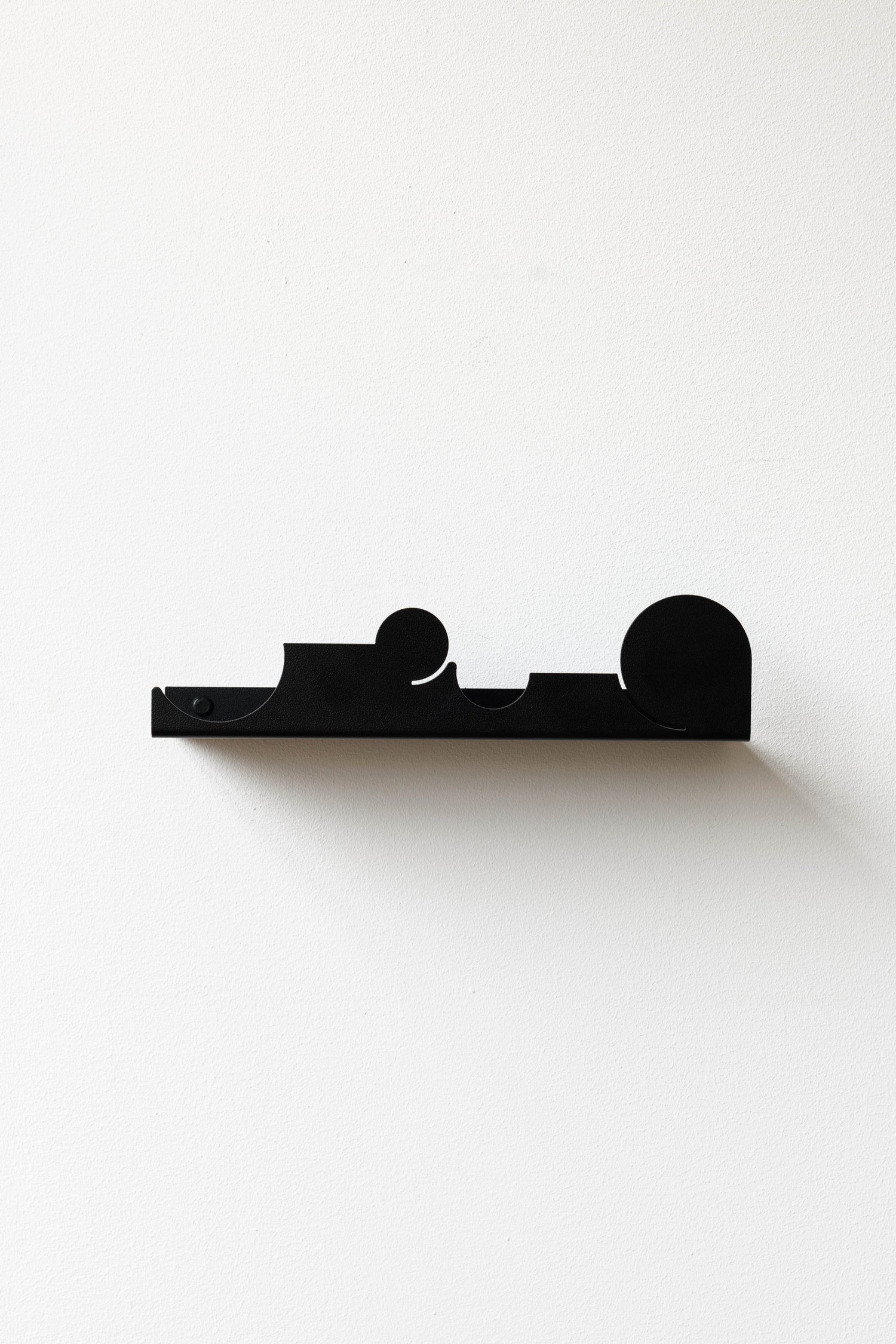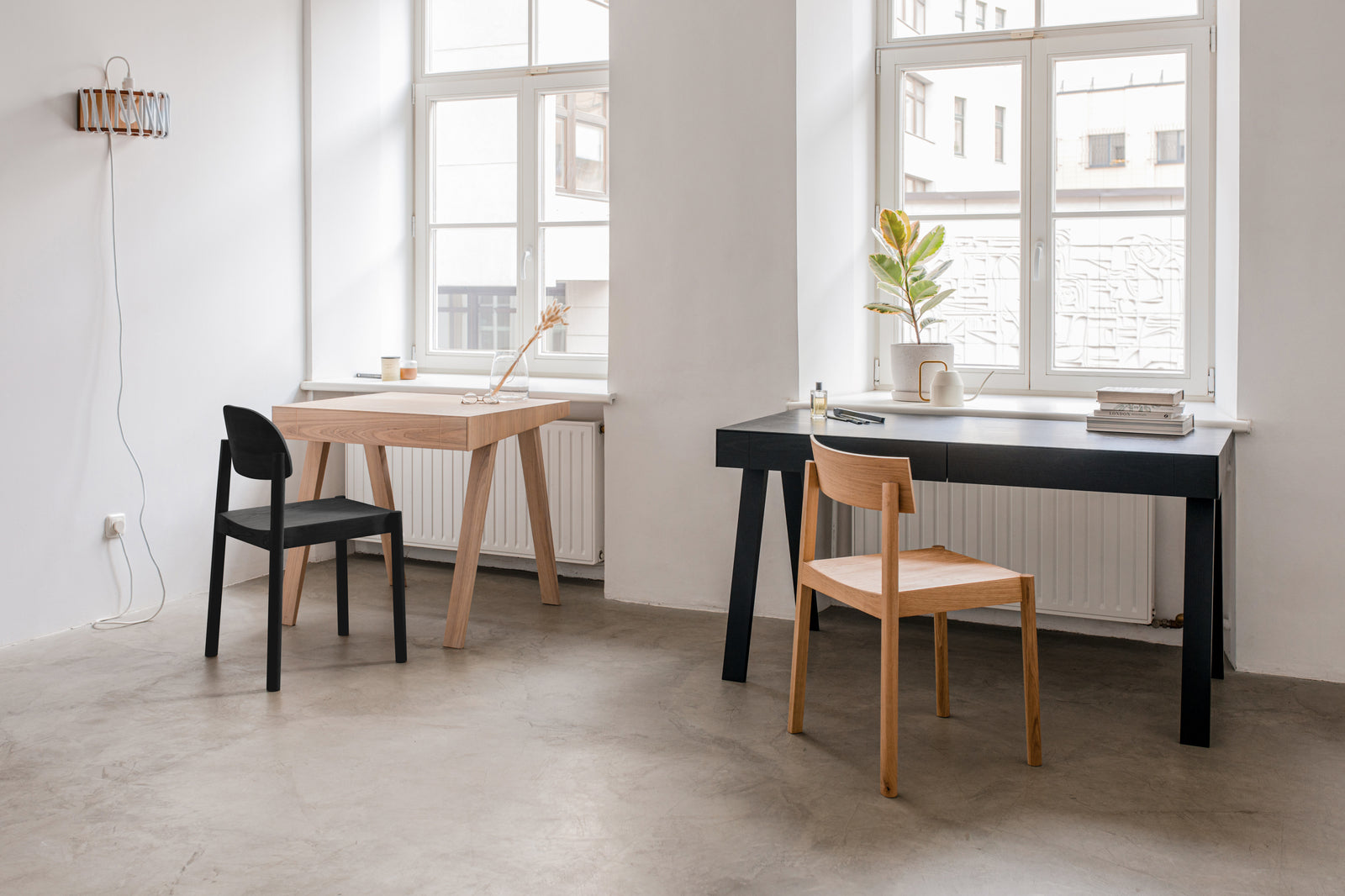Products Furniture Care Guidelines
Congratulations to your choice of product, you extend its life time if you follow this easy handling - and care advice. Contact your retailer or dealer with further questions or doubts.
Handling and maintenance:
Never put the furniture on a damp surface. • Floor protection should be used when putting furniture on synthetic or lacquered floor in order to avoid scratches on floor. • Furniture should be used indoors and never outdoors unless it is meant for outdoor use. • Screws and fittings should be checked on a regular basis. • Never place coloured candles or any kind of tape on surface. • Always protect furniture against warm objects, strong solvents and water. Liquids with strong colours as coffee and wine should immediately be wiped. • Don’t place the furniture near radiators or other heat sources, due to risk of cracks.
Assembly:
It is very important when assembling that the product is put together on a clean and soft surface in order to avoid damage. • Be careful with edges and corners, they can be damaged if bumped during assembling. • The surface is sensitive to scratches and bumps, be careful.
CARE INSTRUCTIONS
Lacquered, painted and high gloss furniture:
Be careful with edges and corners, they can be damaged if bumped. • The surface is sensitive to scratches and bumps, be careful. • Wipe the surface with a slightly damp cloth, using only water or a mild soap cleanser. • Wipe after with a dry cloth. • Be careful when you place hard objects that can harm the surface on furniture. Use mat, felt protection or fabric as protection.
Solid and veneer wooden furniture:
Wood is a natural material which changes character through use and influence from light. Wood changes shape due to variations in humidity that can cause an uneven surface. Knots are completely natural and are not considered to be a defect. Regardless if the wooden furniture is oiled, lacquered or untreated it can become scratched if treated carelessly. Caution must be taken to untreated surfaces regarding grime, grease and liquids. We recommend that oiled surfaces be treated with wax oil before use and periodically 2-3 times a year. This is especially in regard to the top surface in order to maintain the surfaces resistance against stains and liquids.
Use a wax oil intended for its use.
- Lightly sand surface along the wood fibres with a fine graded sandpaper (400grit).
- Apply oil evenly. Sand the oiled surface when oil is wet.
- Wipe up the excess oil.
- Let dry for approximately 24 hours.
CAUTION! Due to the risk of spontaneous combustion, the oiled cloth should be burned or thoroughly soaked in water after use. Note! Don’t oil surfaces with direct contact with material like textiles wallpapers due to the risk for stains. Don’t put table clothes on surface and don’t put the furniture direct on carpet before it is completely dry.
Upholstered Furniture Care Guidelines
• When you unpack your furniture and remove the wrapping, do not use pointed or sharp object to avoid scratch or damage to the fabric or leather.
• Leathers, fabrics and solid woods all have their own particular smells. Other new materials may also smell at first, and this may last for several weeks, depending on their formulation. The best remedy for this is a short but intensive ventilation about a few days after receiving them.
• Upholstered furniture is manufactured using soft materials, and, therefore, can neither be measured nor produced to absolutely precise dimensions. All dimensions are approximate. Almost negligible variations are unavoidable and typical for upholstery. There may be differeces of up to around 2 cm for sizes of 150 cm, and around 4 cm for sizes larger than 150 cm. Such differences are within typical tolerances and no valid cause for complaint.
• Avoid any pointed or sharp object contact with the furniture (e.g. scissors or knives). Be careful to prevent your jewellery, buckle and sharp accessories on your clothes from hooking or piercing the fabric or leather.
• If you find uncut thread ends, do not pull them by hand but use scissors to trim them.
• Too much moisture in the air can damage upholstered furniture. Recommended room climate: approx. 45-55% relative humidity and room temperature of 18-23 Cᵒ.
• Do not sit on the backrest and/or armrests. Do not allow children to jump on the sofa seat to avoid deformation.
• Denim jeans or other non-colour-fast fabrics and articles of clothing may leave visible colour stains on light coloured upholstery fabrics. This cannot be removed from most fabrics.
• Direct sunlight and bright, close-up illumination with halogen lamps accelerate the fading of fabric and leather. Dark, lush colours tend to change more quickly than lighter colours under the influence of light. Over course of time, sunlight and artificial light affect all colour pigments.
• Position your furniture at least 40 cm from heat sources such as heater, radiator or air conditioner to prevent the leather from hardening and chapping.
Genuine Leather Cleaning And Maintenance
• Periodically dust using clean, dry and non-abrasive white cloth.
• For dry dirt: brush delicately using a brush with soft bristles or use a vacuum cleaner at the medium suction power setting, using the specific accessory supplied with the vacuum cleaner, and taking care to avoid rubbing the accessory directly against the covering.
• For stains caused by substances soluble in water (soft drinks, coffee, tea, milk, jam). Rapidly remove the liquid from the surface using white, non-abrasive cloth or absorbent paper. Then rub delicately working from the outside of the stain towards the centre, using a clean cloth soaked in water. Dry immediately with a clean cloth. Do not soak the leather surface and dry immediately using a dry cloth.
• Do not dry leather in direct sunlight or with a hair dryer.
• For stains caused by greasy substances (oil, ketchup, mayonnaise, chocolate): remove the substance delicately from the surface using absorbent paper, taking care not to exert pressure to prevent the dirt from entering the pores of the leather. Use a clean cloth, soaked in a very diluted solution of natural soap, rubbing delicately working from the outside towards the centre of the stain. Dry immediately with a clean cloth. Only use water and colourless mild soap.
• Avoid exposing the furniture to direct sunlight or too powerful lamps to ensure the colour of the covering remains bright. The above listed causes, as well as the use of unapproved detergent substances may irreparably damage the leather covering, causing cracks and changes in colour.
• If you purchase a new piece of furniture, with a covering that is an identical article and/or is the same colour as the piece of furniture that you already own, it is possible that you may notice a slight difference in shades of colour between the two because of the unique personality of each hide.


